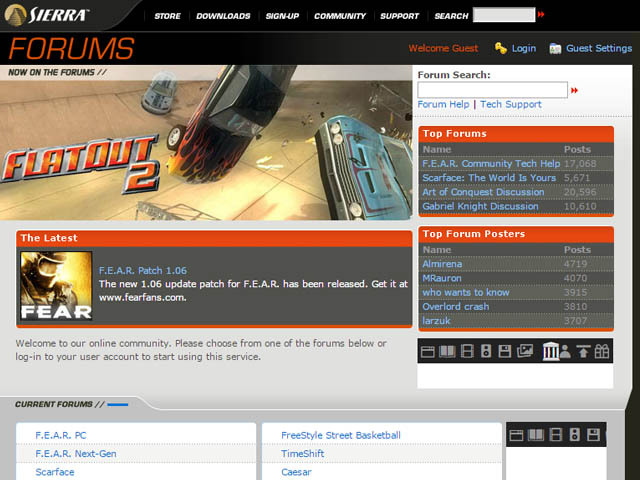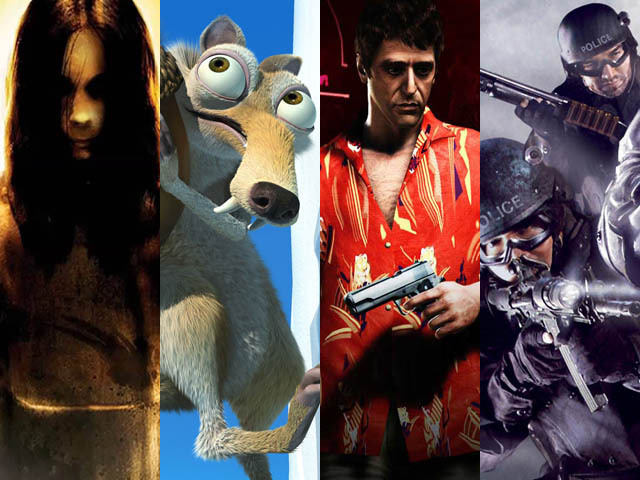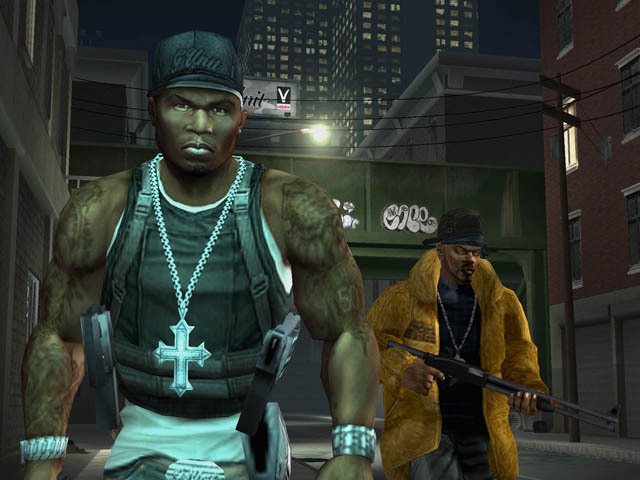Fight Club – Vivendi Universal Games – 2004
Late nights and violence.
Fight Club was the third test project to which I’d been assigned in a span of three months. It was the first of two projects published by Vivendi Universal Games and developed by Genuine Games, the latter of which I also touched in a few different ways. But that would come later.
Fight Club was a big project. I remember that well. The movie adaptation of Chuck Palahniuk’s book about a lost generation of men was a huge hit, and someone, somewhere, decided that a fighting game based on the story just made sense. Vivendi Universal Games was big on licenses at the time and this was probably their biggest. It’s got a bunch of fighters from a hugely popular novel and movie, let’s put them in a game!
The test budget in particular was so big that the team couldn’t fit in the same space. It was decided to split us into two shifts: morning and graveyard. I, being a new and enthusiastic tester, was fine with the graveyard shift. It meant I could wake up late and in a much different environment than the world of daytime at the office. As happens during such unusual circumstances, the graveyard shift became close friends. I learned much about testing from the more veteran members of the team and because it was mellower than usual, we had room to talk earnestly about the games industry and their experiences. It was quite a time.
Work-wise, testing a fighting game remains a memorable experience involving long spreadsheets and checking every fighting move for every character against every other character in the game. One character that was a big problem for us was a guy who goes by “Bitch Tits Bob.” This character’s backstory was that he was a steroid user in his youth and relied on hormone therapy that caused him to grow breasts. This is employed for comic effect in the book and movie, but in a game where every character except Bob was thin, it was a clipping nightmare. Bob was a grappler, which meant that his moves all involved him bear hugging his opponents. Imagine a big person absorbing you into their body and you can imagine the difficulty with Bob. The developers eventually reduced the amount of clipping but never completely fixed it. This was the my first lesson in the inevitability of clipping.
A computer for every tester was a fantasy around then, so we wrote bugs down on paper and then used a shared computer to enter them. Bug regression tests were run using printouts, on which we would note “Pass” or “Fail” with a pen. Our test leads would then record our results using the computers at their personal desks.
It was a Black Friday release. Things wound down in November, and on my final night, my test lead asked whether I was okay to return to the day shift starting the next day. I assured him I could go home at 3:00 AM and return at 9:00 AM.
Naturally, I woke up near noon.
I profusely apologized when I got returned to the office. My test lead dismissed it, said it was fine. A late start could be forgiven after helping to ship a video game.







